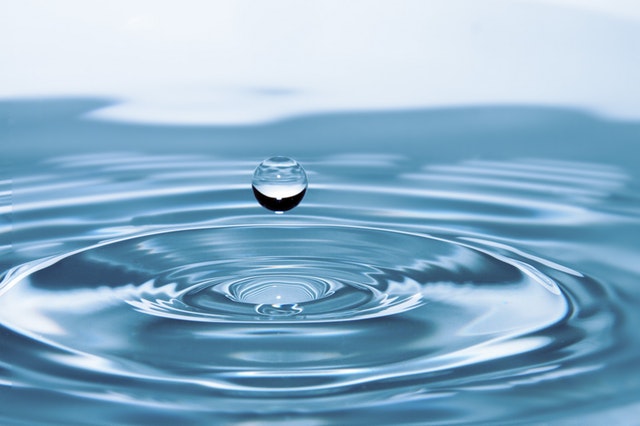Clean water is the most important thing you bring with you on trail. Water keeps you alive, but it’s not always easy to get. While some larger trails will have some sort of clean water available, most will not, especially if you get far enough away from civilisation. Your goal: don’t get giardia. Diarrhea is even less fun when you’re pooping outside than it is when you have a toilet. Here are some tips to on how you can purify water in the wild.
Purification Vs Filtration
A water filter will remove bacteria (e.g. giardia), protozoa (e.g. e.coli), and most of the general dirt you see in water. A water purifier will remove bacteria, protozoa, and viruses (e.g. norovirus and hepatitis A) but not always the bigger pieces of dirt that you see in the water.
As a general rule, the more people you encounter, the more likely it is you need a purifier. Hiking in the backcountry of the US and Canada you will mostly only need a filter because viruses spread mostly through other humans. However, if you’re at a well populated camping area, or going to a remote area with little access to clean water, bring along a type of purifier.
If you’re questioning, always opt for more. There’s nothing wrong with having water that is too clean, but you’ll probably regret drinking water that’s not quite clean enough.
Purification
By far the cheapest method of water purification is to just boil your water. Having a pot of water at a rolling boil for 10 minutes will kill off pretty much anything. If you’re in an area that has clean looking water, this works great, but if you’re pulling water from a dirty stream, you’ll probably still have some dirt in your water.
This method is also far from time efficient and does lead to you drinking a lot of warm water/having to carry your whole day’s supply of water with you. But if you’re going to boil water for food anyway, it works great and only costs you the price of extra fuel/wood.
A second, also cheap, way to purify water is to use iodine or chlorine tablets. Throw one of these in your water for a half hour and you’re good to go. They do tend to leave a not so great taste, though. And, same as with boiling, they don’t filter out dirt, so they’re not ideal for sediment rich water.
Filtration
For water filtration there are plenty of options on the market. Water filters, unlike purifiers, force the water to go through a filter with the same basic concept as a coffee filter. While the technology involved filters out things far smaller than coffee grounds, it will also get out the general dirt that you can see in the water.
When looking at a product, make sure it filters down to at least .2 microns. This level of filtration will remove all the protozoa and bacteria that would bug you. The reason some are more expensive than others often depends on how long they will last and fast they filter water. But most have replaceable parts, so as long as they filter .2 microns, any filter will give you the same clear water.
The Lifestraw is an excellent, affordable option for drinking water. Retailing for just under $20, this lightweight little filter can fit in your water bottle or you can drink straight from the river. The only downside to this filter is that it is not designed to make a bowl of clean water for cooking, etc. So if you need water filtered for a quick cup of coffee, it’s not ideal. But if you don’t mind boiling all of your water for 10 minutes before you cook with it, this can be the only filter you need.
Another option are pump or gravity filters. With a pump, you put in the work of pumping the water out of its source and into a container. But gravity filters – which use the same filtration technology – let you hang a bag of water and have it stream into another bag as you go and do other important tasks like setting up camp, leaving you with a nice bag of clean water when you get back. But gravity filters tend to be a bit heavier, so if you’re counting ounces, a pump is probably best.
Filtration and Purification
For an (expensive) but very effective tool to both purify and filter your water, use the MSR Guardian. Retailing at about $350 this pump is far from cheap. Thankfully, with a combination of the other two methods, there’s little chance you would actually ever need this.
But, if you need to purify a lot of dirty, sediment rich water and you know you’re going to do it a lot, the Guardian might be a good investment. It is fast, effective, and easy to use. But for everyone else who just wants a solid water purification system, a combination of using a filter and then purifying with iodine or chlorine will keep you just as healthy and cost you a lot less.
Our recommendation? Get a good pump or gravity filter and supplement it with an iodine or chlorine treatment. While you won’t always need both, it’s always good to have a backup system on hand in case something happens to your first line of defence.
Even if you get the sturdiest water filter you can find, if you drop your backpack off a cliff or it gets crushed under a boulder, your filter is probably dead. So having a backup up of smaller and less crush-able iodine or chlorine tablets will save your gut from some serious discomfort. You never know what will happen on the trail, so plan for everything to go wrong and you’ll have a successful and diarrhoea free trip!


